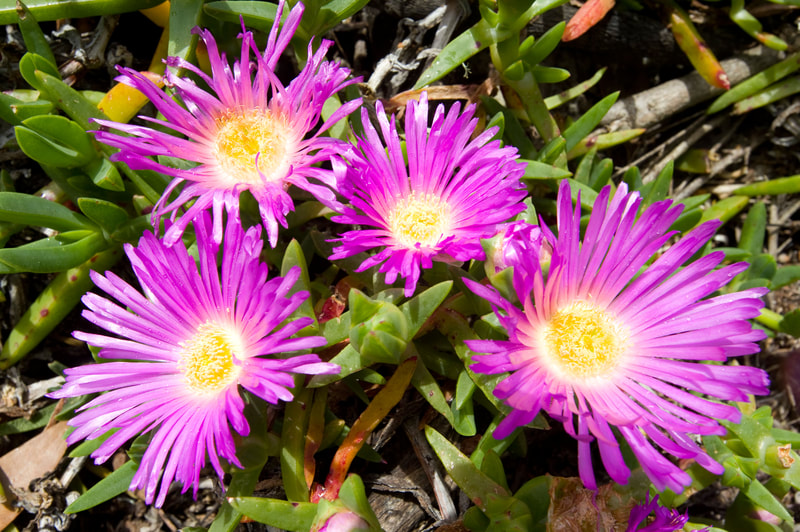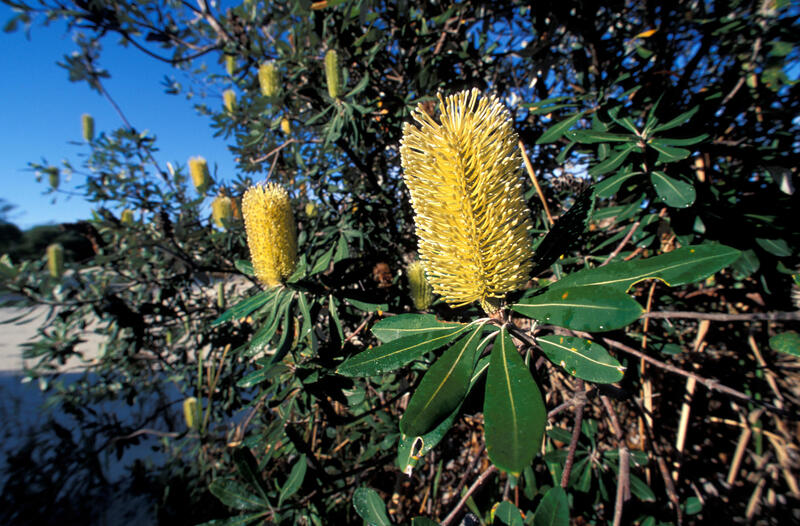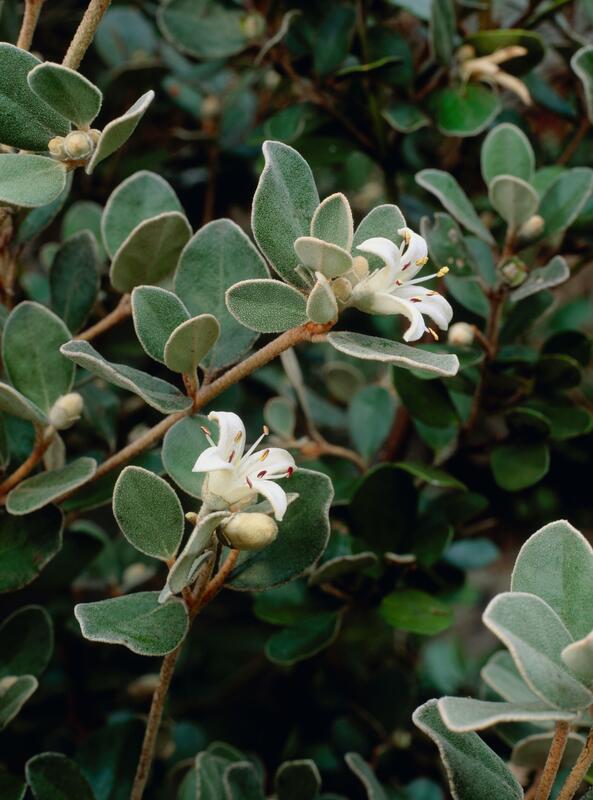Nursery


Why choose Australian Ecosystems for your plant supply needs?
How it Works:
Our Plants
We are your local experts on the beautiful and fascinating native and indigenous plants of Victoria. Our incredibly knowledgable horticulturalist team have worked to create this database for you to learn more and share in our knowledge!
Explore our Plant Directory through the sections below, to learn more about the diversity of plants in our backyard. Australian Ecosystems Nursery grows all of these plants, and more, all year round.
About Our Nursery
Australian Ecosystems operates a large native plant nursery in the South East of Victoria. Our nursery team is made up of skilled individuals, including botanists and horticulturalists, who have a wealth of knowledge and expertise in the field.
We grow and propagate almost 800 different varieties of plants, including rare and significant species for restoration projects like Xerochrysum palustre (Swamp Everlasting), Eucalyptus leucoxylon subsp. Bellarinensis (Bellarine Yellow Gum), Dianella amoena (Matted Flax-Lily).
Our plants contribute to improving the biodiversity across thousands of Victorian landscapes including infrastructure projects such as the Mernda Rail Extension, new property estates like Armstrong Estate in Mt Duneed, and ecological restoration projects such as at the Yellingbo Conservation Site


Seed Bank
We’ve grown more than 40 million plants over the past 22 years, for ecological restoration and landscaping projects across Victoria. Our seed bank contains more than 400 different varieties of indigenous seed that we’ve collected from over 345 locations across Victoria, from The Yarra Ranges in the East to the Brisbane Ranges National Park in the West.
Our team of expert seed collectors spend months in the field, tracking down diverse stands of rare and indigenous plant species.

Sustainability
Reusable Formats
Many nurseries provide plants in either individual tube units or in fragile, disposable trays that are headed straight for landfill after a single use. These tubes are fiddly to remove plants from individually, are easily damaged and usually discarded after a single use. Australian Ecosystems has innovated moulded trays for each of our plant format sizes, that are returned, washed and sterilised, and reused for multiple uses. Damaged trays are collected and returned to the manufacturer to be ground up and recycled into new trays. This reduces waste to landfill significantly, while ensuring that proper biosecurity hygiene is maintained between use.
Growing to Provenance
We specialise in growing plants to Provenance, which refers to the bioregion that a plant population originates from. These regions are commonly known as Environmental Vegetation Classes, or EVCs. Many plant species have populations which grow in very disparate environments and locations throughout the state. These populations are specifically adapted to the conditions of their environment- adjusted to the local biodiversity, soil types, and climate factors such as rainfall, temperature etc. By providing plants specific to a project’s provenance, we ensure their suitability to their new habitat, and help to maintain diverse genetic populations of plants across Victoria.
Water Recycling
Situated next to Melbourne Water’s Eastern Treatment Plant, Australian Ecosystem’s Nursery uses a significant amount of Class A recycled water to irrigate our outdoor plant stock.
Plant Formats

93cc HIKOs
HIKO plants are and efficient and effective plant size for establishing vegetation cover in ephemeral marsh zones, allowing for ease of handling and planting of stock. They are smaller than 200cc standard forestry tubestock, commonly called ‘tubestock’. Best practice constructed wetlands require ephemeral wetland batters to be planted with HIKOs at a minimum of 6 plants per square meter.
- 93cc
- Constructed wetlands
- Ephemeral wetland batters
- 40 plants per tray

200cc Tubestock
This is also known as ’20 cell’, due to 20 plants being held in one tray. Tubestock or 20 Cell is the standard format for forestry seedlings, considered the ideal size for planting trees and shrubs in non-aquatic environments.
- 20 plants per tray
- Forestry standard

600cc Large Format
600cc format plants are very effective plant formats for shallow, deep and submerged marsh zones. Constructed wetlands can often be hostile to plant establishment. 600cc large format plants have tall strong stems, and large well developed root systems and rhizomes (storage organs) which give plants the best chance of establishment in these conditions. Best practice constructed wetland plantings require shallow marsh, deep marsh and submerged marsh plantings to be established at a minimum of 2 plants per square meter in shallow and deep marsh zones, and 1 plant per square meter in submerged marsh zones.
- 73mm x 130mm
- 12 plants per tray
- Ideal for shallow marsh, deep marsh, and submerged marsh plantings




